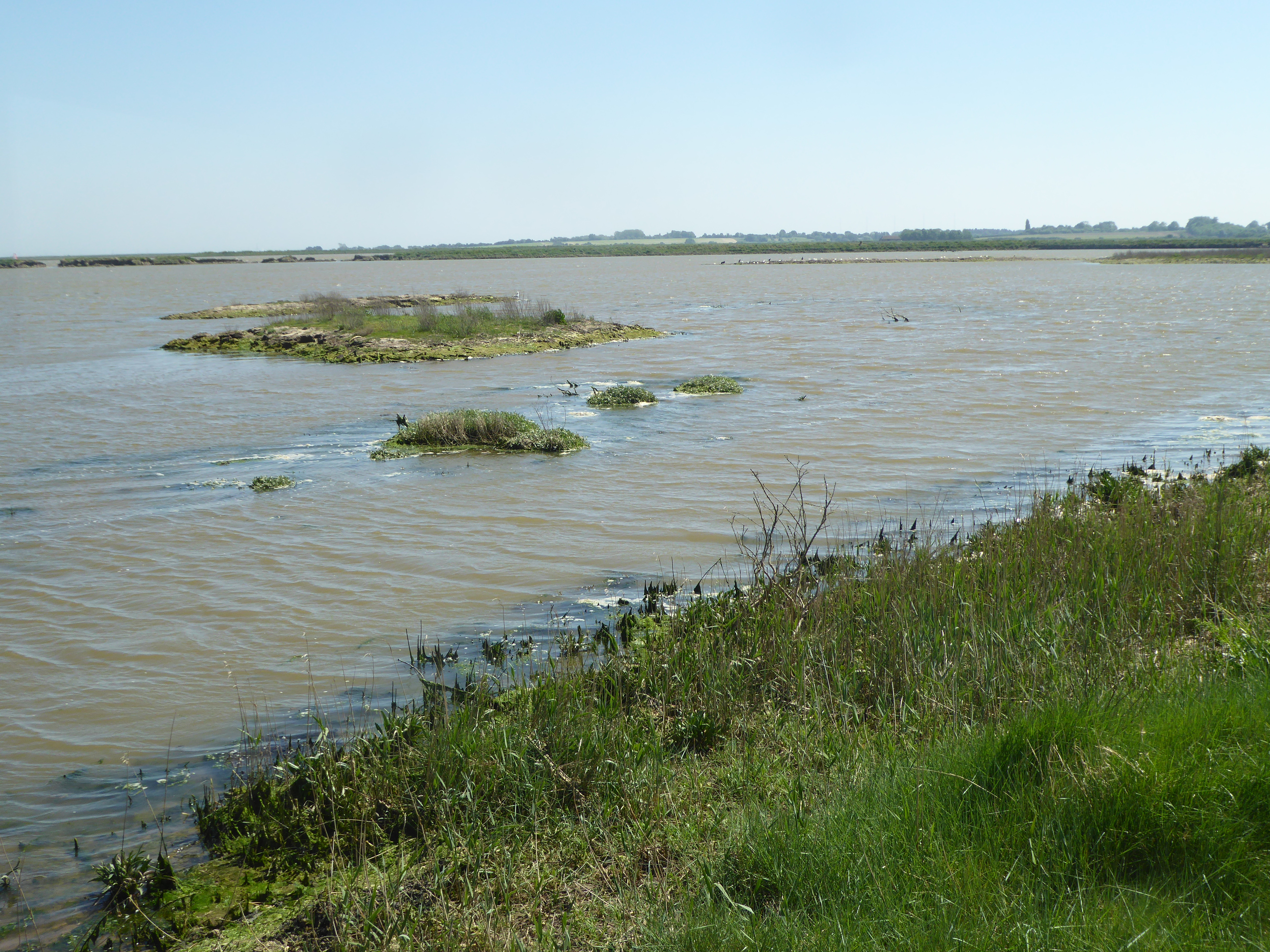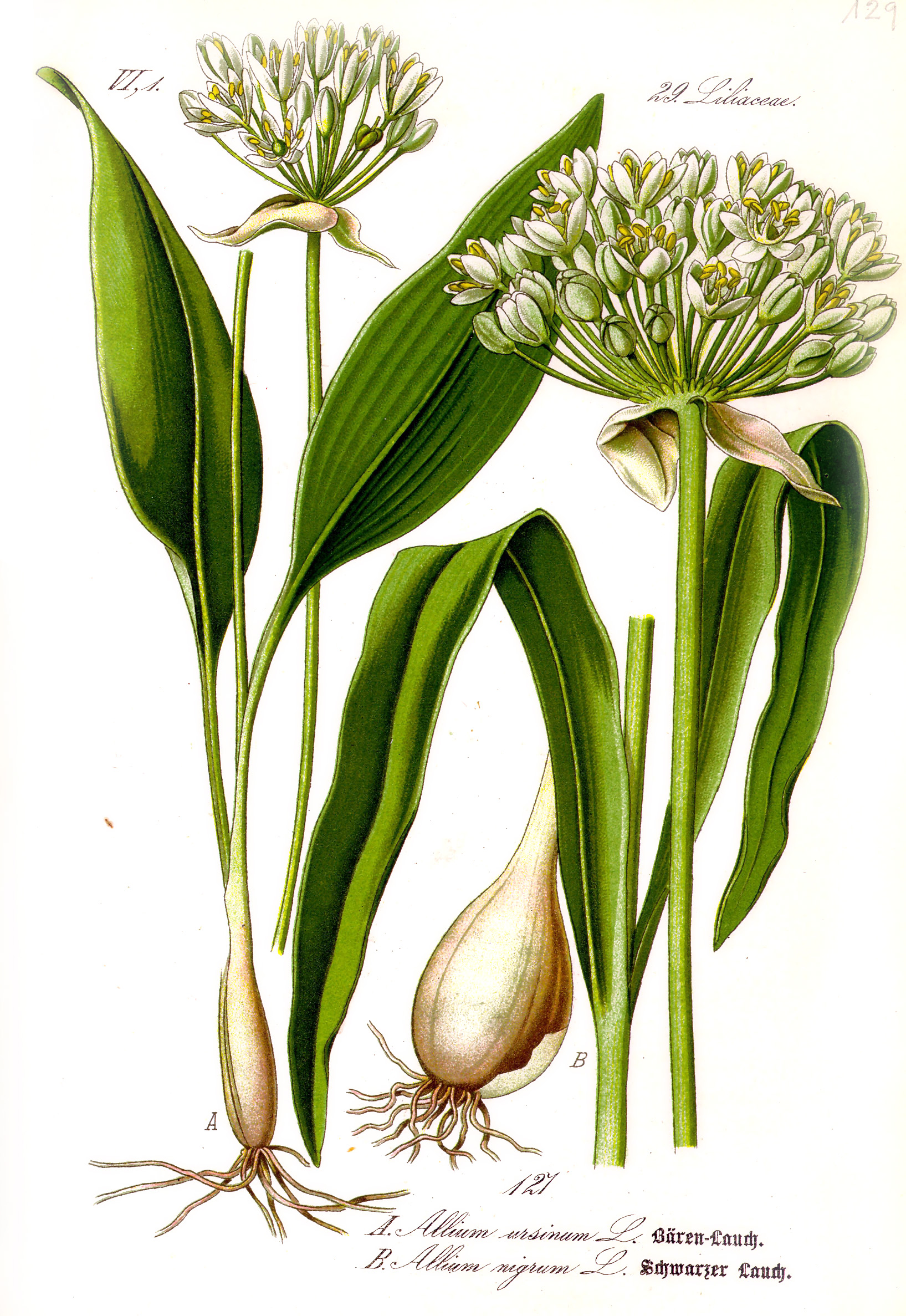|
Barking Woods
Barking Woods is a biological Site of Special Scientific Interest in six separate blocks north-east of Ipswich in Suffolk. Part of it is a nature reserve called Bonny Wood, which is owned and managed by the Suffolk Wildlife Trust. These ancient woodlands have been documented since 1251. The canopy is mainly oak, ash and silver birch, and other trees include the rare wild pear. The flora is diverse, including herb paris, ramsons, sanicle and early purple orchid ''Orchis mascula'', the early-purple orchid, early spring orchis, is a species of flowering plant in the orchid family, Orchidaceae. Description ''Orchis mascula'' is a perennial herbaceous plant with stems up to high, green at the base and .... Some areas are private land, but the nature reserve is open to the public, and a public footpath goes through Priestley Wood. References {{Authority control Sites of Special Scientific Interest in Suffolk ... [...More Info...] [...Related Items...] OR: [Wikipedia] [Google] [Baidu] |
Site Of Special Scientific Interest
A Site of Special Scientific Interest (SSSI) in Great Britain or an Area of Special Scientific Interest (ASSI) in the Isle of Man and Northern Ireland is a conservation designation denoting a protected area in the United Kingdom and Isle of Man. SSSI/ASSIs are the basic building block of site-based nature conservation legislation and most other legal nature/geological conservation designations in the United Kingdom are based upon them, including national nature reserves, Ramsar sites, Special Protection Areas, and Special Areas of Conservation. The acronym "SSSI" is often pronounced "triple-S I". Selection and conservation Sites notified for their biological interest are known as Biological SSSIs (or ASSIs), and those notified for geological or physiographic interest are Geological SSSIs (or ASSIs). Sites may be divided into management units, with some areas including units that are noted for both biological and geological interest. Biological Biological SSSI/ASSIs may ... [...More Info...] [...Related Items...] OR: [Wikipedia] [Google] [Baidu] |
Ipswich
Ipswich () is a port town and borough in Suffolk, England, of which it is the county town. The town is located in East Anglia about away from the mouth of the River Orwell and the North Sea. Ipswich is both on the Great Eastern Main Line railway and the A12 road; it is north-east of London, east-southeast of Cambridge and south of Norwich. Ipswich is surrounded by two Areas of Outstanding Natural Beauty (AONB): Suffolk Coast and Heaths and Dedham Vale. Ipswich's modern name is derived from the medieval name ''Gippeswic'', probably taken either from an Anglo-Saxon personal name or from an earlier name given to the Orwell Estuary (although possibly unrelated to the name of the River Gipping). It has also been known as ''Gyppewicus'' and ''Yppswyche''. The town has been continuously occupied since the Saxon period, and is contested to be one of the oldest towns in the United Kingdom.Hills, Catherine"England's Oldest Town" Retrieved 2 August 2015. Ipswich was a settleme ... [...More Info...] [...Related Items...] OR: [Wikipedia] [Google] [Baidu] |
Suffolk
Suffolk () is a ceremonial county of England in East Anglia. It borders Norfolk to the north, Cambridgeshire to the west and Essex to the south; the North Sea lies to the east. The county town is Ipswich; other important towns include Lowestoft, Bury St Edmunds, Newmarket, and Felixstowe which has one of the largest container ports in Europe. The county is low-lying but can be quite hilly, especially towards the west. It is also known for its extensive farming and has largely arable land with the wetlands of the Broads in the north. The Suffolk Coast & Heaths and Dedham Vale are both nationally designated Areas of Outstanding Natural Beauty. History Administration The Anglo-Saxon settlement of Suffolk, and East Anglia generally, occurred on a large scale, possibly following a period of depopulation by the previous inhabitants, the Romanised descendants of the Iceni. By the fifth century, they had established control of the region. The Anglo-Saxon inhabitants later b ... [...More Info...] [...Related Items...] OR: [Wikipedia] [Google] [Baidu] |
Suffolk Wildlife Trust
Suffolk Wildlife Trust (SWT) describes itself as the county's "nature charity – the only organisation dedicated wholly to safeguarding Suffolk's wildlife and countryside." It is a registered charity, and its headquarters is at Brooke House in Ashbocking, near Ipswich. It was founded in 1961,About us , Suffolk Wildlife Trust. Retrieved 3 March 2014. and is one of 46 covering the . As of March 2017, it has 13,200 members, and it manages of land in 60 nature reserves, most of whi ... [...More Info...] [...Related Items...] OR: [Wikipedia] [Google] [Baidu] |
Fraxinus Excelsior
''Fraxinus excelsior'', known as the ash, or European ash or common ash to distinguish it from other types of ash, is a flowering plant species in the olive family Oleaceae. It is native throughout mainland Europe east to the Caucasus and Alborz mountains, and Britain and Ireland, the latter determining its western boundary. The northernmost location is in the Trondheimsfjord region of Norway.Rushforth, K. (1999). ''Trees of Britain and Europe''. Collins .Den virtuella floran''Fraxinus excelsior'' distribution/ref> The species is widely cultivated and reportedly naturalised in New Zealand and in scattered locales in the United States and Canada. Description It is a large deciduous tree growing to (exceptionally to ) tall with a trunk up to (exceptionally to ) diameter, with a tall, narrow crown. The bark is smooth and pale grey on young trees, becoming thick and vertically fissured on old trees. The shoots are stout, greenish-grey, with jet-black buds (which distinguish ... [...More Info...] [...Related Items...] OR: [Wikipedia] [Google] [Baidu] |
Silver Birch
''Betula pendula'', commonly known as silver birch, warty birch, European white birch, or East Asian white birch, is a species of tree in the family Betulaceae, native to Europe and parts of Asia, though in southern Europe, it is only found at higher altitudes. Its range extends into Siberia, China, and southwest Asia in the mountains of northern Turkey, the Caucasus, and northern Iran. It has been introduced into North America, where it is known as the European white birch or weeping birch and is considered invasive in some states in the United States and parts of Canada. The tree can also be found in more temperate regions of Australia. The silver birch is a medium-sized deciduous tree that owes its common name to the white peeling bark on the trunk. The twigs are slender and often pendulous and the leaves are roughly triangular with doubly serrate margins and turn yellow and brown in autumn before they fall. The flowers are catkins and the light, winged seeds get widely sc ... [...More Info...] [...Related Items...] OR: [Wikipedia] [Google] [Baidu] |
Pyrus Pyraster
''Pyrus pyraster'' ( syn. ''Pyrus communis subsp. pyraster''), also called European wild pear, is a species of pear of the family Rosaceae. This wild pear and ''Pyrus caucasica'' (syn. ''P. communis'' subsp. ''caucasica'') are thought to be the ancestors of the cultivated European pear (''Pyrus communis'' subsp. ''communis''). Both the wild pears are interfertile with domesticated pears. It is sometimes difficult to distinguish ''Pyrus pyraster'' from a common pear. ''Pyrus pyraster'' can reach an age of 100 to 150 years. Description ''Pyrus pyraster'' is a deciduous plant reaching in height as medium-sized shrub and as a tree.Pignatti S. - Flora d'Italia – Edagricole – 1982. Vol. I, pag. 603 Unlike the cultivated form the branches have thorns. The leaves are ovate with serrated margins. The flowers have white petals. The stamens are equal to the length of styles. The flowering period extends from April through May. The fruits reach in diameter and ripen in late s ... [...More Info...] [...Related Items...] OR: [Wikipedia] [Google] [Baidu] |
Herb Paris
''Paris quadrifolia'', the herb Paris or true lover's knot, is a species of flowering plant in the family Melanthiaceae. It occurs in temperate and cool areas throughout Eurasia, from Spain to Yakutia, and from Iceland to Mongolia. It prefers calcareous soils and lives in damp and shady places, especially old established woods and stream banks. ''P. quadrifolia'' is in decline in Europe due to loss of habitat. In Iceland, for example, it is on the red list. Characteristics ''P. quadrifolia'' is a perennial herbaceous plant that is tall. It may have 3–8 leaves but typically there are four leaves arranged as opposing pairs. The flowers are wispy and inconspicuous. The plant flowers during the months of June and July. It has a solitary flower with four narrow greenish filiform (threadlike) petals, four green petaloid sepals, eight golden yellow stamens, and a round purple to red ovary. The flower is borne above a single whorl of four leaves. Each plant produces ... [...More Info...] [...Related Items...] OR: [Wikipedia] [Google] [Baidu] |
Ramsons
''Allium ursinum'', known as wild garlic, ramsons, cowleekes, cows's leek, cowleek, buckrams, broad-leaved garlic, wood garlic, bear leek, Eurasian wild garlic or bear's garlic, is a bulbous perennial flowering plant in the amaryllis family Amaryllidaceae. It is native to Europe and Asia, where it grows in moist woodland. It is a wild relative of onion and garlic, all belonging to the same genus, ''Allium''. There are two recognized subspecies: ''A. ursinum'' subsp. ''ursinum'' and ''A. ursinum'' subsp. ''ucrainicum''. Etymology The Latin specific name ''ursinum'' translates to 'bear' and refers to the supposed fondness of the brown bear for the bulbs; folk tales describe the bears consuming them after awakening from hibernation. Another theory is that the "''ursinum''" may refer to Ursa Major, as ''A. ursinum'' was perhaps one of the most northerly distributed ''Allium'' species known to the ancient Greeks, though this hypothesis is disputed. Common names for th ... [...More Info...] [...Related Items...] OR: [Wikipedia] [Google] [Baidu] |
Sanicula Europaea
''Sanicula europaea'', the sanicle or wood sanicle, is a perennial plant of the family Apiaceae. It has traditionally been a favoured ingredient of many herbal remedies, and of it was said "he who has sanicle and self-heal needs neither physician nor surgeon". Description ''Sanicula europea'' L. grows to 60 cm high and is glabrous with coarsely toothed leaves. The pinkish flowers are borne in tight spherical umbels and are followed by bristly fruits which easily attach to clothing or animal fur and are thus easily distributed. The leaves are lobed and glossy, dark green. Habitat It is widespread in shady places in woodland across Europe. Etymology ''Sanicula'' comes from ''sanus'', Latin for "healthy", reflecting its use in traditional remedies. Uses ''Sanicula europaea'' was used in Europe for healing wounds and cleaning. Filtered leaf extracts of ''sanicula europaea'' have shown some antiviral properties, inhibiting the replication of type 2 Human parainfluenza virus ... [...More Info...] [...Related Items...] OR: [Wikipedia] [Google] [Baidu] |
Early Purple Orchid
''Orchis mascula'', the early-purple orchid, early spring orchis, is a species of flowering plant in the orchid family, Orchidaceae. Description ''Orchis mascula'' is a perennial herbaceous plant with stems up to high, green at the base and purple on the apex. The root system consists of two tubers, rounded or ellipsoid. The leaves, grouped at the base of the stem, are oblong-lanceolate, pale green, sometimes with brownish-purple speckles. The inflorescence is long and it is composed of 6 to 20 flowers gathered in dense cylindrical spikes. The flower size is about and the color varies from pinkish-purple to purple. The lateral sepals are ovate-lanceolate and erect, the median one, together with the petals, is smaller and cover the gynostegium. The labellum is three-lobed and convex, with crenulated margins and the basal part clearer and dotted with purple-brown spots. The spur is cylindrical or clavate, horizontal or ascending. The gynostegium is short, with reddish-green ... [...More Info...] [...Related Items...] OR: [Wikipedia] [Google] [Baidu] |






